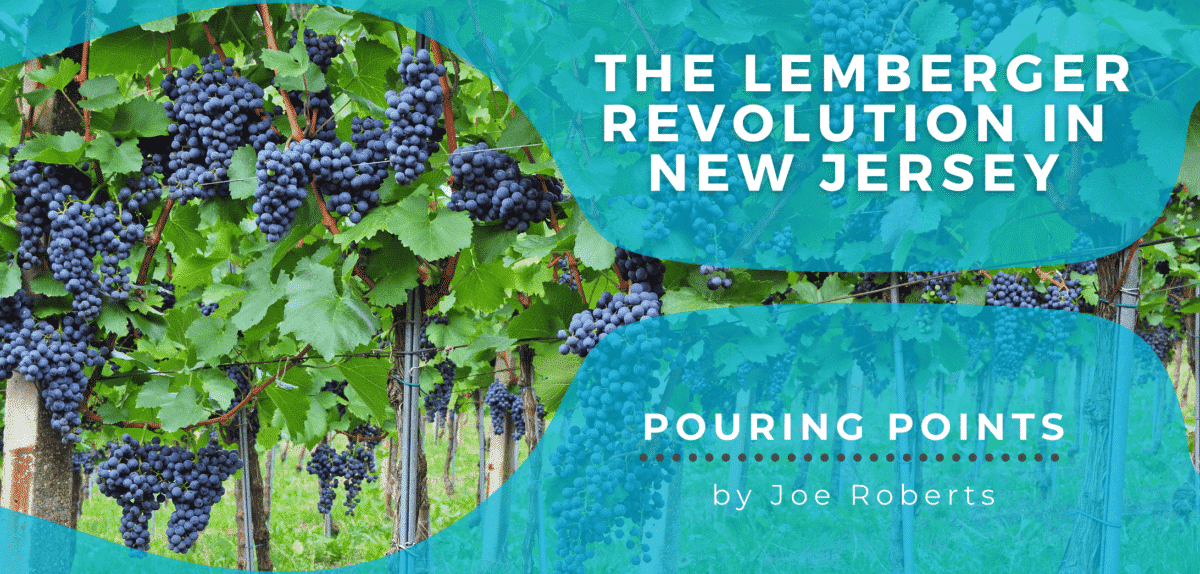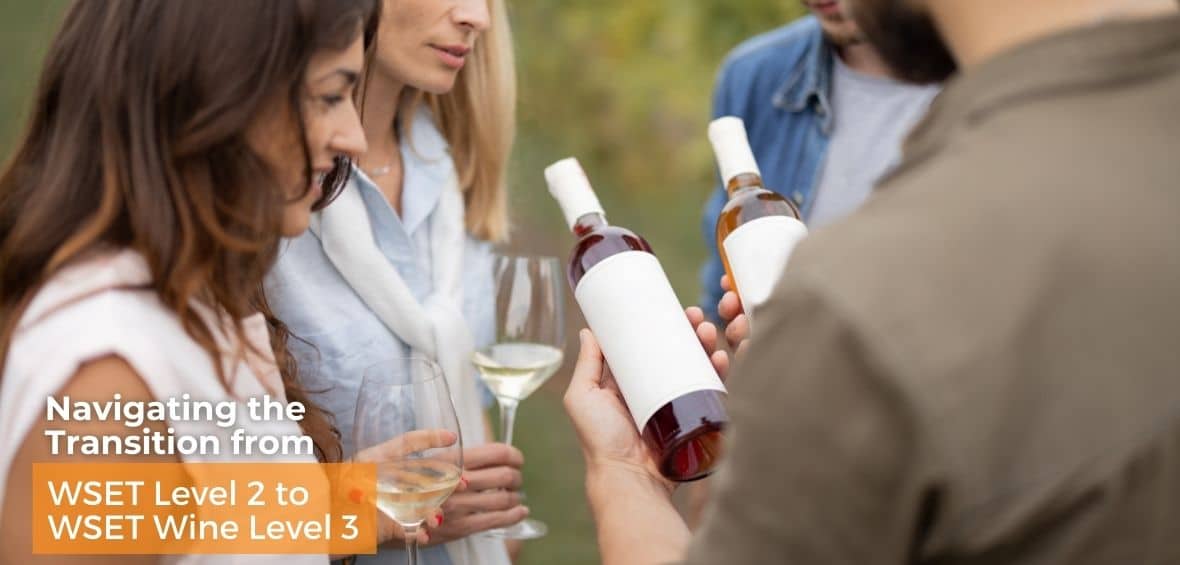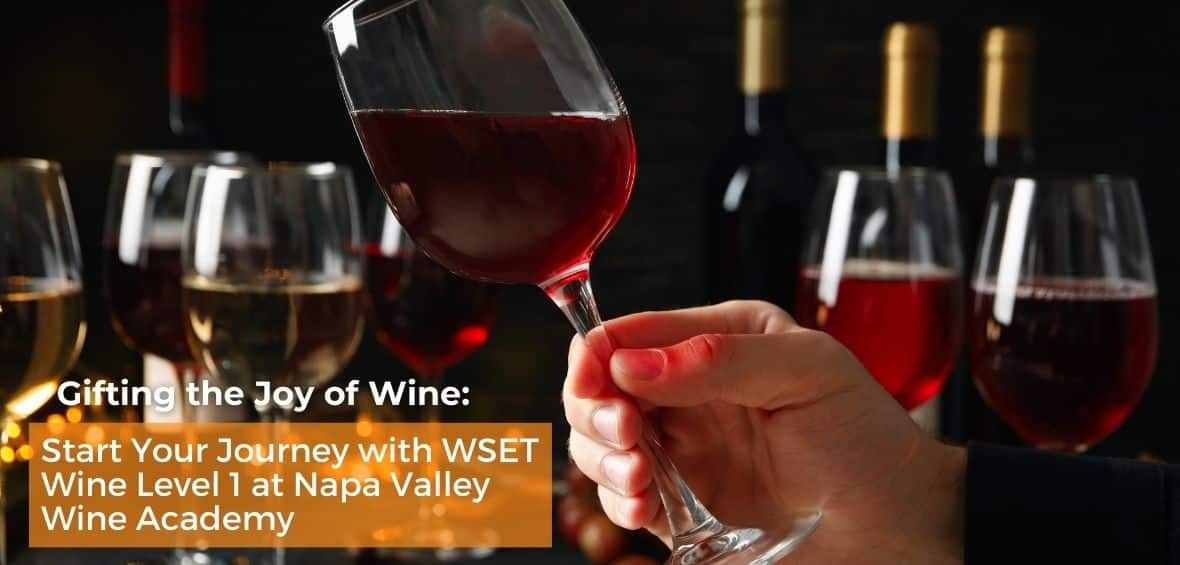The Lemberger Revolution in New Jersey
“Blue” Jersey: Matching Blaufränkisch and the Outer Coastal Plain AVA in the Garden State
Story and Pictures by Joe Roberts

Mentioning New Jersey—lacking in widely recognizable icon cities such as New York and Philadelphia—often conjures up a feeling of somewhat misunderstood, also-ran status. Kind of like the feeling summarized by this short scene from the bonafide classic Eddie and the Cruisers 2: Eddie Lives!:
Eddie Wilson: Baby, there’s nowhere else in the world like the Garden State! You got miles of swamps, and mountains of dumps… different colored rivers… automobiles graveyards… breweries, factories, ballparks, all mixed up together. It’s the best place to live.
Diane Armani: Uh-huh? Then why does the Statue of Liberty face the other way?
And when it comes to New Jersey wine, it’s still in the shadow of East Coast states like New York and Virginia, with most wine lovers, like Lady Liberty, facing in another direction.
But the Garden State just might have found its wine groove with Blaufränkisch (a.k.a., Lemberger), a variety with a history that’s nearly as misunderstood as New Jersey itself. It’s worth taking a look at that misunderstood history because if there’s ever been an industry that likes to hold on to outdated information with a defiant death grip, it’s the wine business. Recently, I was invited by The Garden State Wine Growers Association to do just that, and see how Lemberger is faring with some of the state’s better producers, in a tasting led by Wine Grapes co-author José Vouillamoz.

As Vouillamoz instructed during our tasting, “every time we have a spectacular accident [in grape varieties] we call them clones,” he said over Zoom. (For example, Pinot Noir mutated into Pinot Gris and Pinot Blanc.) Vouillamoz continued, “It is not a ‘family’ [as we often mistakenly call such things in the wine world], it is one ancient grape variety that went through mutations.” For Blaufränkisch, which literally means “blue wine of the Franks,” it was long thought that mutation happened somewhere in Austria-Hungary, since the first historical mention of the grape variety dates to 1862 in Vienna.
Only about 42,000 acres of Lemberger are planted worldwide, and Austria comes in at the #2 spot on the list in terms of plantings, with Hungary (where it’s called Kekfrankos) having the most (for the curious, the rest of the top five are: Germany, Slovakia, and the Czech Republic; the USA is #14, behind even Peru at #10).
We’ve been wrong about Lemberger’s origins for some time. Vouillamoz was able to provide the latest and greatest on Blaufränkisch’s parentage: it’s one of the many natural children of Gouais Blanc (which crossed with Pinot Noir to create Chardonnay, Gamay, and many other now nearly ubiquitous wine grape varieties). The other parent is Blaue Zimmettraube (aka Sbulzina in northeastern Italy), widely cultivated in Lower Styria. All of which would make Blaufränkisch most likely a child of Slovenia, not Austria.
So, now that our (admittedly small number of) assumptions about Blaufränkisch has been appropriately exploded, we can ask the obvious question: Why Blaufränkisch in New Jersey? “It’s late-ripening [by Northern EU standards],” Vouillamoz explained, “so it’s better to have a warm climate. But then if your climate is too warm, you will lose the balance with acidity.” As it turns out, that Goldilocks balance for Lemberger can be found in parts of the Garden State—specifically, the Outer Coastal Plain.
Who’s Down with OCP?
New Jersey’s Outer Coastal Plain AVA is a fitting locale for a misunderstood great from an under-appreciated wine region—it flies under the radar among wine lovers, and there’s a surprising amount to learn about it.
The Outer Coastal Plain was officially established as an AVA in 2006, covering an impressive 2.25 million acres in Southeastern New Jersey. That puts it among the top 10% of all U.S. AVAs in terms of size (it includes just over 1 million acres of the Pinelands, the first National Reserve created by Congress in 1978). New Jersey viticulture stretches back to colonial U.S. times, and two vintners from the area were award winners for their wines from the Royal Society of the Arts in London in 1767.
In 1864, at about the time that the Welch grape juice industry was founded in nearby Vineland, Renault Winery was founded in Egg Harbor City, and it remains the oldest continuously operating winery in the United States. While Prohibition all but decimated the Garden State wine industry, a large Italian immigrant population kept winemaking culture alive in the region. Today, Outer Coastal Plain is home to over 20 wineries and commercial winegrowers.
Most of the AVA consists of flat, or gently rolling low hills, with well-draining sandy and sandy/loam soils, all of which keep fertility moderate. Combine that with maritime influences from the Atlantic Ocean and Delaware Bay keeping Springtime frosts mostly in check, and you have a pretty good scenario for growing French/American wine grape hybrids such a Vidal, Chambourcin, and Traminette, native American varieties (like Cynthiana), and even Merlot, Cabernet Sauvignon, Cabernet Franc, and Viognier. It’s also not uncommon to encounter Italian varieties (Sangiovese, Dolcetto, Nero D’Avola, Barbera, and Nebbiolo) being tried in the AVA.
These conditions, however, especially fit the bill described by Vouillamoz for growing premium Blaufränkisch.
Below are a handful of recommended wines, which I sampled, to try to get a (delicious) feel for Blaufränkisch’s potential in the Garden State. Seek them out and brush up on your New Jersey Wine Growing knowledge. [Napa Valley Wine Academy also offers the American Wine Expert course, which offers deep dives into all things American Wine from coast to coast].

As per Beneduce’s Mike Beneduce, “We found that Burgenland in Austria was most similar to our climate,” thus inspiring them to plant their Lemberger. Black cherry, blueberry, mulberry, tobacco, pepper, and toast, along with smoked meat and cedar entice on the nose. Big mulberry fruits, plums, and acidity mark the palate. This one is big, but it’s also balanced.

Bellview Winery Blaufränkisch 2016 (Outer Coastal Plain, $28)
Sourced from 2014 plantings, this is aromatically complex with vanilla, dried violet petals, ripe currants, black cherries, and spices. Ample acidity, fine tannin, and oak spice mingle in the palate and in a long finish.
Sharrott Winery Coia Vineyard Blaufränkisch 2019 (Outer Coastal Plain)
According to proprietor Larry Sharrott, “This actually sold like crazy, and was very popular.” With a nose of red cherries, toast, vanilla, mint, and fine leather, and a palate of wild, brambly berries and spices, it’s easy to understand why this red has been popular with the winery’s visitors.
Terra Nonno Winery & Vineyard Blaufränkisch 2018 (Outer Coastal Plain)
Pepper, cloves, and earth, along with deep and dark cherry notes mark a fruity nose. Spicy blackberry, leather, wood spice, mulberry juiciness, and plenty of acidity all get spotlight time on the palate. Structurally, the tannins are very well-rounded. Despite a modest body, it feels fleshy and mouth-filling.














